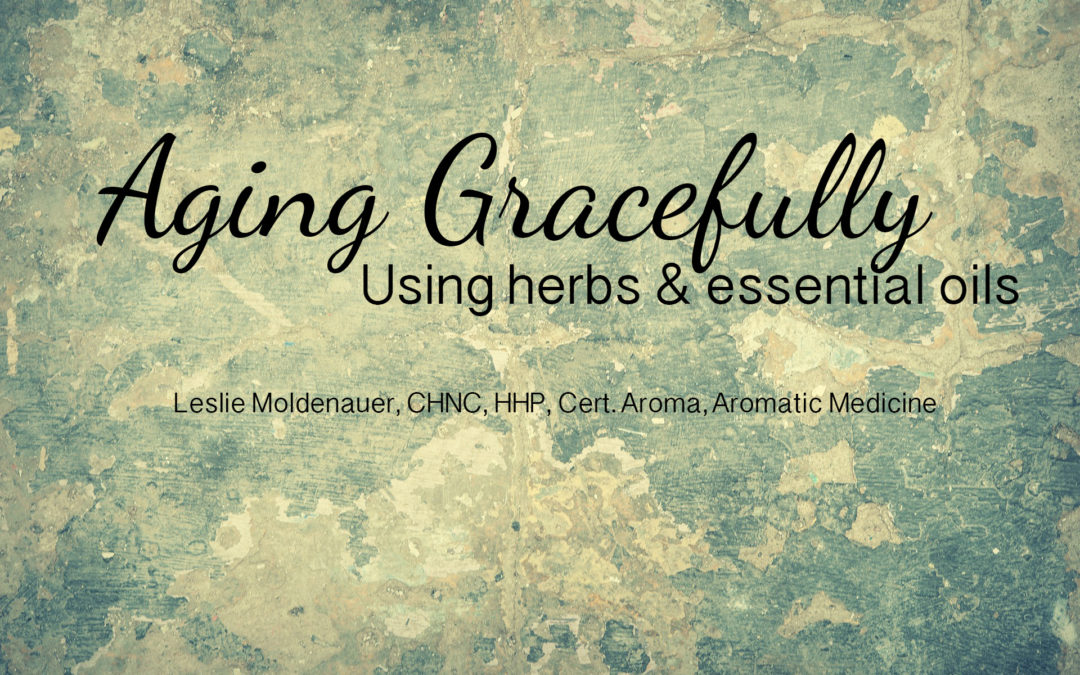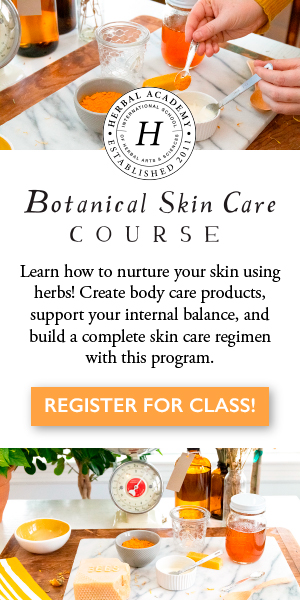Embracing the natural process of aging can be a beautiful journey, one that does not need to be marred by fear, uncertainty, or a desire to hold on to our youth. Not all of us can grow old, which can be a beautiful experience. Aging can be met with grace and vitality through the use of complementary therapies. Aging gracefully using complementary therapies is possible, all while being mindful of what products are being put on the skin and supporting the environment’s health. As we cross the threshold of 40, it becomes evident that our bodies require specific nutrients to maintain robust health and exude that youthful spunk we all cherish. However, the solution is more than purchasing many nutritional supplements. Nature generously provides us with everything necessary for our well-being, and in this blog, we will explore the nutrients that play a pivotal role in supporting us as we age.
While the allure of nutrient-packed pills may be tempting, it is essential to understand that there are often more effective and natural ways to obtain these vital substances. We will delve into herbal preparations that simplify nourishing our bodies, highlighting the benefits of these alternatives. However, aging gracefully is not limited to what we ingest; it is also about how we care for our skin and the areas of our bodies that matter most. Aromatherapy, a complementary modality, can be a game-changer in supporting our skin health and addressing the unique needs of women as they navigate through middle age and beyond.
Fundamental Nutrients for Over 40
B12
B12 is one of the vital nutrients needed for both men and women. It is imperative for brain function as well as digestion and absorption of the nutrients that are consumed on a day-to-day basis. Research shows that low levels of B12 are connected to skin concerns such as atopic dermatitis and acne (Brescoll & Daveluy, 2015). This nutrient, like others, is best consumed through living foods. The stigma that vegans and vegetarians cannot obtain adequate levels is false.
Edible algae in the form of spirulina is one great source of vitamin B12 (Moldenauer, 2023). Read more about that in the top five choices of superfoods to add to the diet. It is important to note that B12 differs from other B vitamins; it requires particular circumstances to obtain maximum absorption; therefore, many are deficient in this vitamin (be sure to do your research). B12 is a water-soluble vitamin, so it is best to obtain it in foods rather than expensive pills or sublingual sprays.
Calcium
Obtaining appropriate calcium levels is essential for heart health for both postmenopausal and menopausal women and is vital for strong bones (Vitamin D improves calcium absorption) (3). Calcium also regulates nerve function in the body for those under much stress. Conventional dairy is not Lifeholistically recommended for obtaining adequate levels of this critical mineral. A few healthy ways to obtain this mineral include chia seeds, almonds, dried figs, sunflower seeds, sesame seeds, kale, spinach, sweet potato, butternut squash, and broccoli, to name a few.
This research published by Experimental Gerontology stated that calcium plays a critical role in the aging epidermis, or the outer layer of skin (Rinnerthaler et al., 2015). Calcium is critical to maintaining skin barrier function, reducing the chances of dermatological concerns as we age
Vitamin D
Vitamin D supports a healthy immune system, and maintaining adequate levels is paramount for everyone. As mentioned above, Vitamin D is critical for the absorption of calcium.
Obtaining a small quantity of good old-fashioned sunlight is recommended. Only a little is needed; about 10-15 minutes of sunshine without sunscreen is sufficient and is the best way to obtain this fat-soluble vitamin produced in the skin. Just be sure to be responsible and protect the skin during peak times of the sun’s rays, 10 am to 2 pm, for further reading of the sunshine vitamin (technically a hormone).
*Remember that the most efficient way of getting D is sunshine.
Pills are Not Always the Answer
Buying expensive bottles of supplements may not be needed, and the reasons are multi-faceted.
*The cost of supplements is relatively high, especially the whole food variety. Whole food vitamins are costly because if it is a higher quality vitamin, the serving size will likely be 3 or 4 pills a day compared to 1 from an average lower quality vitamin. Buying vitamins requires thorough research.
*Value and purity. We must always use caution when purchasing vitamins in pill form. Be a label reader. There can be ingredients in the bottle that should never consumed. Those ingredients include lead, mercury, artificial colors, and more (Dorene Petersen, 2023).
*Mega dosing is an issue. A quick search to purchase vitamin B12 will show that some products contain tens of thousands more than the daily recommended dose. Read more about this phenomenon here (Georgiou, 2022).
*There are some instances where severe deficiency requires a high dose for a short time. Before implementing this in a daily wellness routine, Lifeholistically recommends getting tested by a doctor/naturopath if needed.
*Absorption of these nutrients can be questionable for some. Why is this? Often, the nutrients found in the bottle are considered synthetic or made in a lab rather than grown in the ground (whole food based). This can mean that it is a foreign substance to the body. On the flip side, if a vitamin were truly all-natural whole food-derived ingredients, it would be necessary to take four pills or more daily to obtain a serving, as previously mentioned. This excess consumption of pills contributes to much higher costs.
Herbs
The beauty of herbs is the nutrition and wisdom in which they contain. Unlike essential oils, which contain no actual nutrients (Moldenauer, 2019), herbs contain a plethora of goodness, yet in many circles, they are underutilized. When we look at holistic health as a whole, obtaining proper nutrition as a means to be healthy, strong, and preserve vitality is something that needs more focus. There are many herbs that we can highlight here. Let us look at a few and how we can incorporate them.
Alfalfa
Alfalfa is not one of the more common herbs on supermarket shelves, but it is so full of nutrition that one may never need a conventional multivitamin again!
One can purchase alfalfa seeds and sprout them to add to salads, which would contain a very high nutritional profile, or buy it in dried form from any reputable herbal shop. Alfalfa is slightly bitter and earthy in its dried form.
Sprouting seeds is easy and inexpensive. Kids love to watch them grow!
Alfalfa sprouts are rich in various vitamins such as A, B, C, and K, as well as minerals such as calcium, magnesium, potassium, selenium, and zinc (Wells, 2019). Vegetarian or vegan? Alfalfa contains plant-based protein, and consuming it lessens the impact on the planet by reducing meat consumption.
Sprouting is fun, too. Take a peek at this site that has the supplies to get started. Some favorites other than alfalfa are broccoli, beets, chia, and all varieties of micro greens.
Parsley
Parsley is a nutritious herb rich in vitamins K, C, and A. It also provides essential minerals like potassium and folate and antioxidants such as flavonoids and carotenoids (Morales-Brown, 2023).
Add fresh or dried parsley to meals, and throw a handful of fresh parsley in a smoothie. If feeling stressed, steep organic raw parsley into distilled water and drink the water throughout the day.
Stinging Nettles
What is so special about stinging nettle? The herb is rich in vitamins A, B6, K, calcium, magnesium, and potassium; stinging nettles is an herb that should be consumed more often (Very Healthy Life, 2021).
For herbal tea lovers, a great blend here would be equal parts of:
Stinging Nettle
Echinacea
Peppermint or Spearmint
Aromatherapy
Breast Health
Robert Tisserand’s breast oil is a solid blend based on science. Breast health should be important to every aging woman, and prevention, rather than treatment, is where we should focus. Here is a link to the background and research behind his recommendations (Tisserand, 2020). This recipe has evolved over the years; this is what Lifeholistically recommends:
Breast Health Formulation
Carrier Oil/CO2’s
1.5 oz Pomegranate carrier oil
One oz Rosehip Seed carrier oil
Three mls Pomegranate seed CO2
Three mls Sea Buckthorn Berry CO2
Three mls Rosehip CO2
Essential Oils (approx a 1% dilution)
Ten drops Lemon Citrus limon
Five drops Bergamot Citrus bergamia
Six drops Copaiba Copaifera officinalis
Three drops Palmarosa Cymbopogon martinii var motia
Three drops Cedarwood Cedrus atlantica
*This blend contains phototoxic oils, so if applying this blend during the warmer, sunnier months, be sure not to expose that delicate skin to the sun’s rays (or tanning bed).
Lifeholistically was first introduced to breast oil many years ago by a friend that I met at a women’s retreat at an ashram in Texas. Her name is Sunny Andrew Markham, and her company is Earthsong. She produced the most lovely pomegranate oil blended only under the full moon. She is a huge advocate for breast health and daily breast self-care. She has moved on to other ventures, but Lifeholistically is grateful for her and her teachings.
Facial Serum
In addition to our breasts, taking care of our face, neck, and chest is essential for the natural aging process. We recommend this skin serum.
Formulation (2oz glass bottle-1% dilution)
½ oz Rosehip Seed carrier oil (Needed for the vitamin C
½ oz Sunflower carrier oil OR
½ oz Calendula infused sunflower carrier oil½ oz Evening Primrose carrier oil
Five drops pure vitamin E
Three drops German Chamomile CO2 Total or essential oil Matricaria chamomilla
Three drops Frankincense Boswellia frereana
*It is worth the extra effort to infuse dried calendula in a sunflower or apricot carrier oil.
There are many things that we can do to support our body and skin through the natural aging process, but the best weapons we have are our thoughts and our internal dialogue.
The more you realize that aging is a natural part of life, and the more you work to support it, not fight it…the happier you will be. Enjoy every stage. To your health!
References
Brescoll, J., & Daveluy, S. (2015). A review of Vitamin B12 in dermatology. American Journal of Clinical Dermatology, 16(1), 27–33. https://doi.org/10.1007/s40257-014-0107-3
Dorene Petersen, A. F. P. (2023, May 3). The hidden dangers in your dietary supplements: Achs.edu. Health and Wellness Blog. http://info.achs.edu/blog/5-dangerous-ingredients-in-your-vitamins-and-dietary-supplements
Georgiou, A. (2022, October 7). Cornell expert warns against megadosing vitamins. Newsweek. https://www.newsweek.com/megadosing-vitamins-health-risks-problems-1749826
Moldenauer, L. (2019, December 5). Essential oils-do they contain vitamins and minerals?. Lifeholistically. https://lifeholistically.com/essential-oils-vitamins-minerals/
Moldenauer, L. (2023, November 7). The top five superfoods that you should try Today. Lifeholistically. https://lifeholistically.com/top-five-superfoods/
Morales-Brown, P. (2023, June 15). Parsley: Health Benefits, facts, and research. Medical News Today. https://www.medicalnewstoday.com/articles/284490
Rinnerthaler, M., Streubel, M. K., Bischof, J., & Richter, K. (2015). Skin aging, gene expression and calcium. Experimental Gerontology, 68, 59–65. https://doi.org/10.1016/j.exger.2014.09.015
Sitaraman, D. S. (2022). Study of vitamin B12 levels among vegetarians in DAE Hospital. Journal of Medical Science And Clinical Research, 10(05). https://doi.org/10.18535/jmscr/v10i5.17
Very Healthy Life. (2021, August 13). 14 benefits of stinging nettle. Very Healthy Life. https://veryhealthy.life/14-benefits-of-stinging-nettle




